Kheibar Shekan strike at terrorist targets in Syria carries message for Zionists
By Ivan Kesic
At the stroke of midnight on Monday, the Islamic Revolution Guards Corps (IRGC) carried out ballistic missile strikes on Zionist targets in Iraq's Kurdistan Region and Takfiri targets near Idlib in northwestern Syria, in response to their terrorism and subversive activities against Iran.
According to Brigadier General Amir Ali Hajizadeh, commander of the IRGC's Aerospace Force, the spy base near Erbil was targeted by four missiles from western Kermanshah province and seven missiles from northwestern West Azerbaijan province, 200 to 300 km away respectively.
He said four Kheibar Shekan missiles were also fired from the southern Khuzestan province at the Takfiri terrorist targets in Syria’s Idlib, adding that everything went smoothly in the operation.
Kheibar Shekan is a solid-fuel medium-range ballistic missile operated by the IRGC's Aerospace Force, unveiled in 2022 on the occasion of the 43rd anniversary of the Islamic Revolution.
It is of the third generation of IRGC missiles, carries a 500 kg warhead and in the landing phase has maneuverability to bypass missile shields, with the ability to hit targets with pinpoint accuracy at a range and a radius of 1,450 kilometers.
One detail that caught the attention of military analysts around the world is the fact that the distance from Khuzestan province to the targeted Syrian position is 1,230 kilometers, which is why many pundits remarked that "Israel was put in range."
Putting a Zionist entity in range is not new, as Iran has had this capability since 1998, when the Shahab-3 was first tested, and put into full operation five years later.
However, this model today is not adapted to the needs of modern warfare because it is large, inconvenient to transport and takes a long time to fill with liquid fuel, which makes it easy to discover and target in wartime conditions.
Its circular error probability (CEP) was estimated to be from 1000 to 4000m for first models, or from 200 to 800m for later models, making it suitable for targeting large enemy bases, more than precise strikes.
Which type of missile did IRGC use in its latest operation? pic.twitter.com/KrFqVJ0z1j
— Press TV (@PressTV) January 17, 2024
The system was also relatively expensive and produced in limited quantities of a few hundred pieces, disproportionately in a potential conflict against an enemy with larger aviation.
Subsequent medium-range ballistic missiles such as the Ghadr-110, Fajr-3, Ashura and Sajjil, introduced in the second half of the 2000s, brought significant improvements in solid propellant propulsion, shorter preparation and accuracy, but were still large and expensive systems.
The aforementioned flaws are a legacy of 20th-century global military doctrine, according to which ballistic missiles served to carry weapons of mass destruction (WMD) and deter the enemy, not for precision strikes in protracted warfare, a task left to aviation.
Iran, due to decades of sanctions on aviation equipment, was forced to redefine the function of ballistic missiles, making them the primary long-range firepower.
Shortcomings with massive medium-range ballistic missiles were compensated during the 2010s, when new variants based on the Fateh-110, a short-range solid-fuel missile with an initial range of only 200 to 300 km, entered operational service.
With the development of rocket engines and related technology, these new variants based on Fateh-110 increased the range over time – Fateh-313 to 500 km, Zolfaghar to 700 km, Dezful to 1,000 km, and finally Kheibar Shekan to 1,450 km.
With this, Kheibar Shekan's range almost equaled the older, more massive medium-range ballistic missiles, which are twice as large in diameter and height, and thus much heavier.
Compared to older massive missiles, a new generation of missiles have a warhead that is half the size, from 500 to 700 kg, but is more mobile for transport, faster and simpler to launch, more maneuverable and harder to shoot down for enemy air defense systems.
Explainer: The IRGC’s recent anti-terror operations in Syria and Iraq. pic.twitter.com/oDlXcyypTs
— Press TV (@PressTV) January 17, 2024
In addition, they are easier to mass produce and can be assembled in huge numbers, as Iran has already confirmed by showing footage of vast missile arsenal from underground bases scattered across the country.
With this development, Iran compensated for its aviation shortcomings because it has the capability to target enemy positions with the same range, lethality and intensity, and better cost-efficiency, without risking the lives of pilots and top secret jet fighters worth 100 million dollars.
Compared to other Iranian weapons of similar range, these ballistic missiles are faster and carry more lethal warheads than drones and cruise missiles, and are simpler and cheaper than the latest hypersonic weapons.
Another important characteristic of new generations of smaller ballistic missiles is their astonishing accuracy of only 5m, which was met with skepticism by foreign analysts in the initial announcements.
Any doubts about the accuracy have been dispelled after multiple Iranian strikes on enemy bases in the region over the past seven years, demonstrating their reliability, accuracy and effectiveness.
Such strikes include the 2017 Operation Laylat al-Qadr against Takfiri targets in Syria, the 2020 Operation Martyr Soleimani strike against US facilities in Iraq, and the 2018 and 2022 strikes against Kurdish terrorists in Iraq.
Monday’s strike by Kheibar Shekan missiles on Takfiri positions near Idlib is the latest in that series, but with 1,230 km it represents the longest-range strike so far, farther than in 2017 when Zolfaghar missiles targeted the vicinity of Syrian Deir ez-Zor, about 750 km away.
With this, Iran demonstrated not only that it has the Israeli regime within reach, but that it is in range of an incomparably more precise and larger ballistic missile arsenal than in the last 25 years.
Ivan Kesic is an independent journalist and researcher.
(The views expressed in this article do not necessarily reflect those of Press TV)
Explainer: Why the United States incarcerates more people than any other country
VIDEO | Iranian security forces arrest Mossad agent operating among rioters
VIDEO | Tehran skyline lights up for Imam Ali’s birth anniversary
Maduro’s kidnapping: China says US cannot act as world’s ‘police’ or ‘judge’
VIDEO | Australians protest over US aggression against Venezuela
Cuba declares national mourning for 32 citizens killed in US raids on Venezuela
Iran: US must release kidnapped Venezuelan president
After US aggression against Venezuela, Mexico could be next: Report


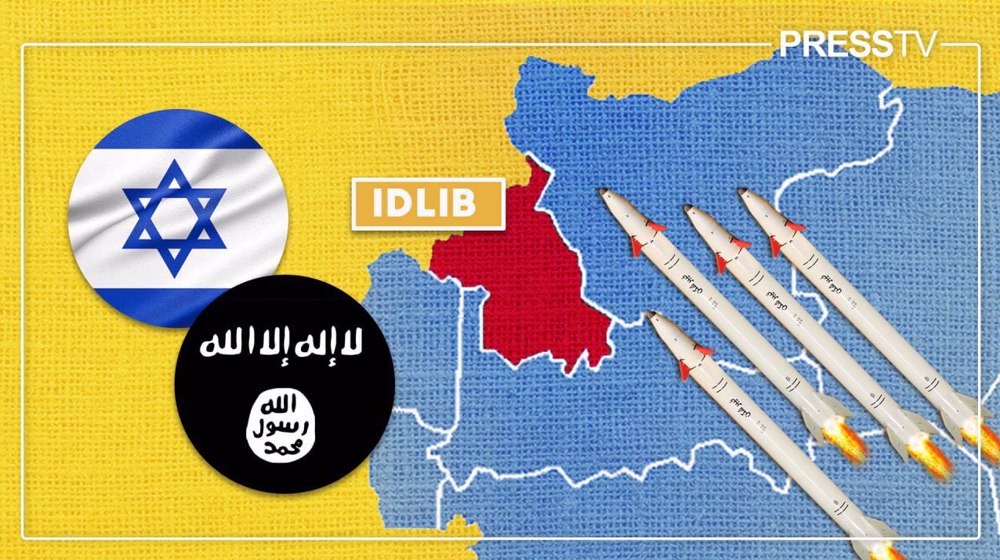






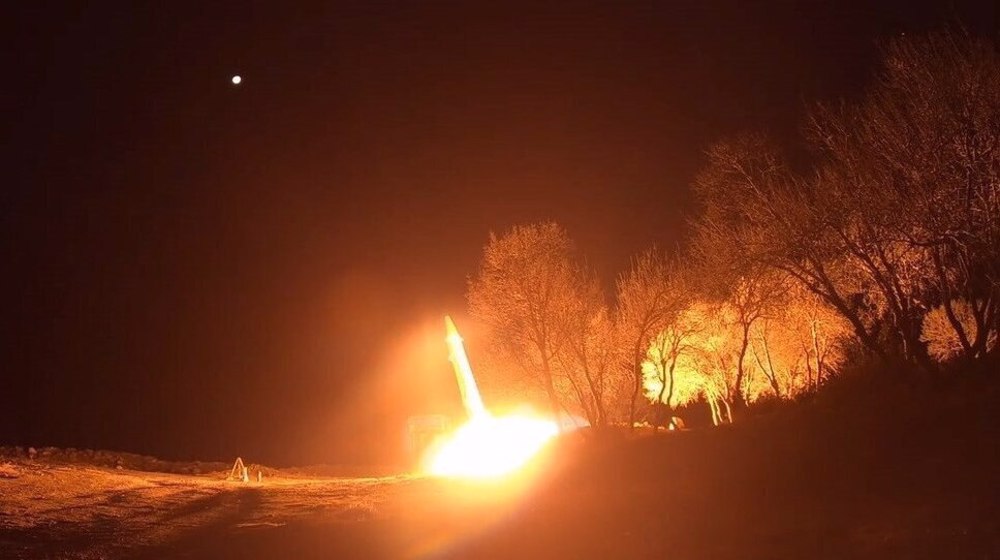
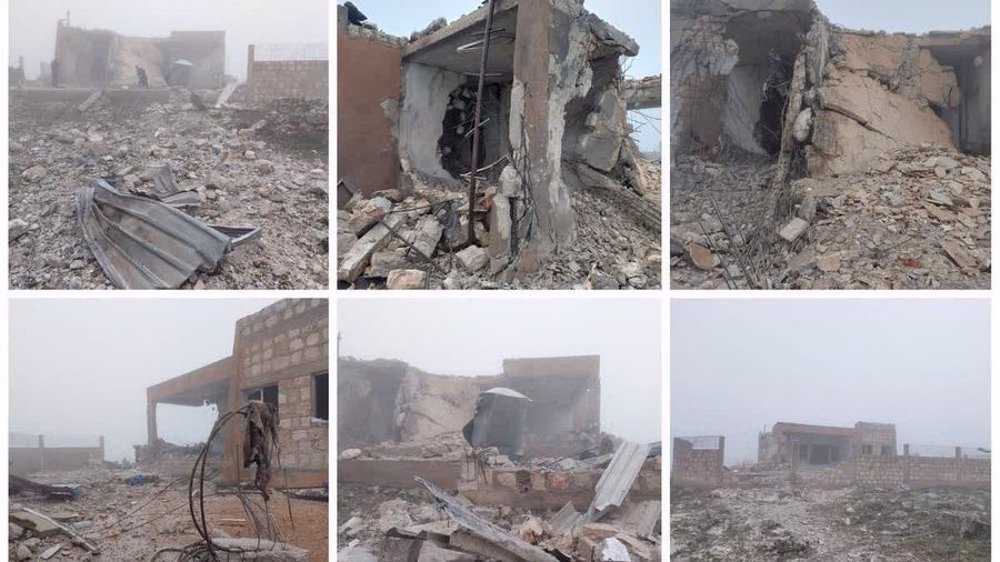
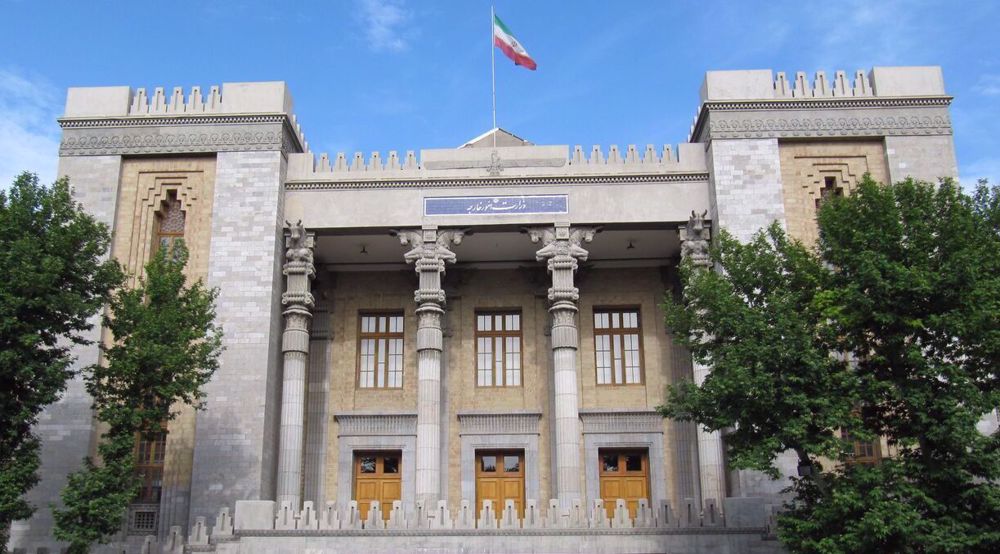
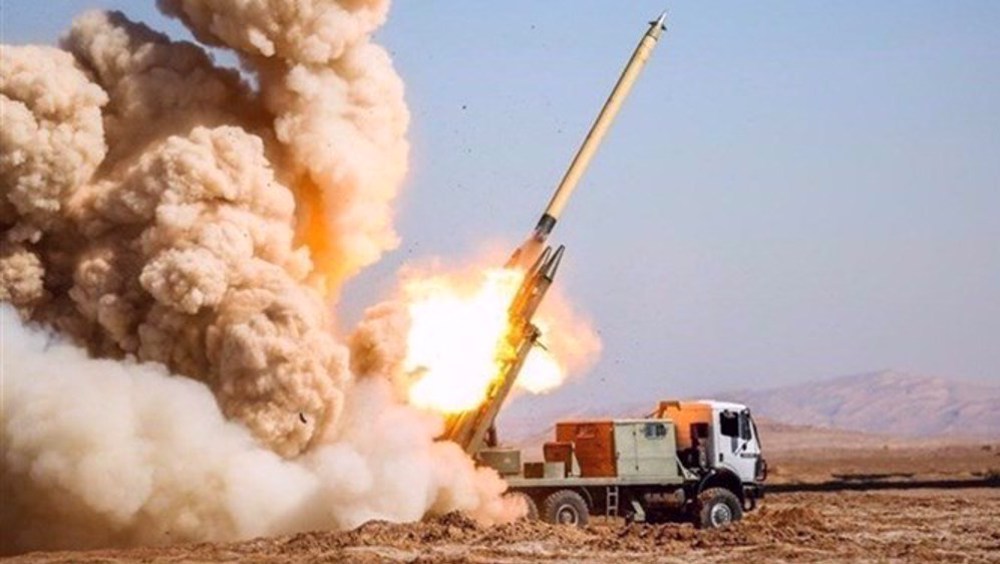
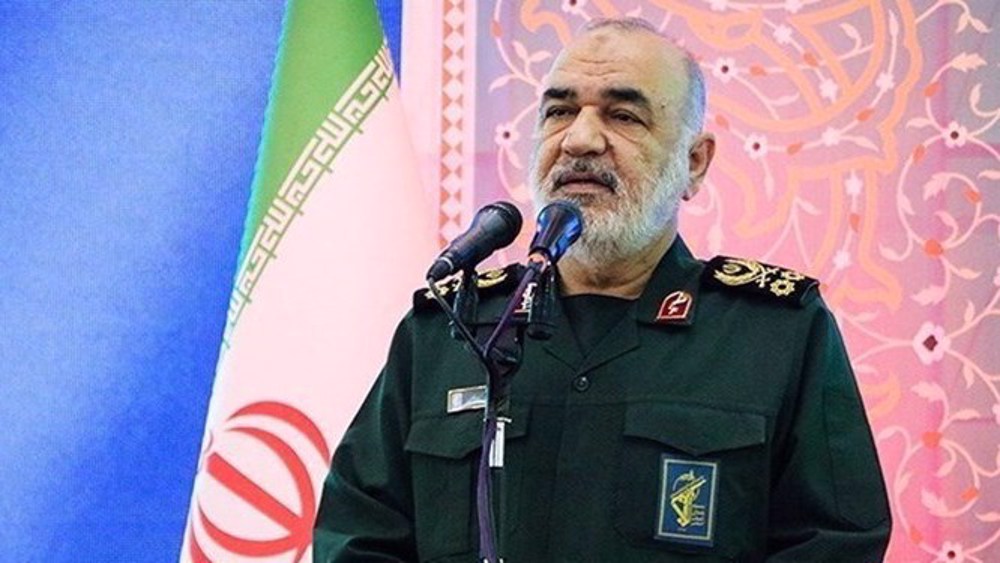

 This makes it easy to access the Press TV website
This makes it easy to access the Press TV website